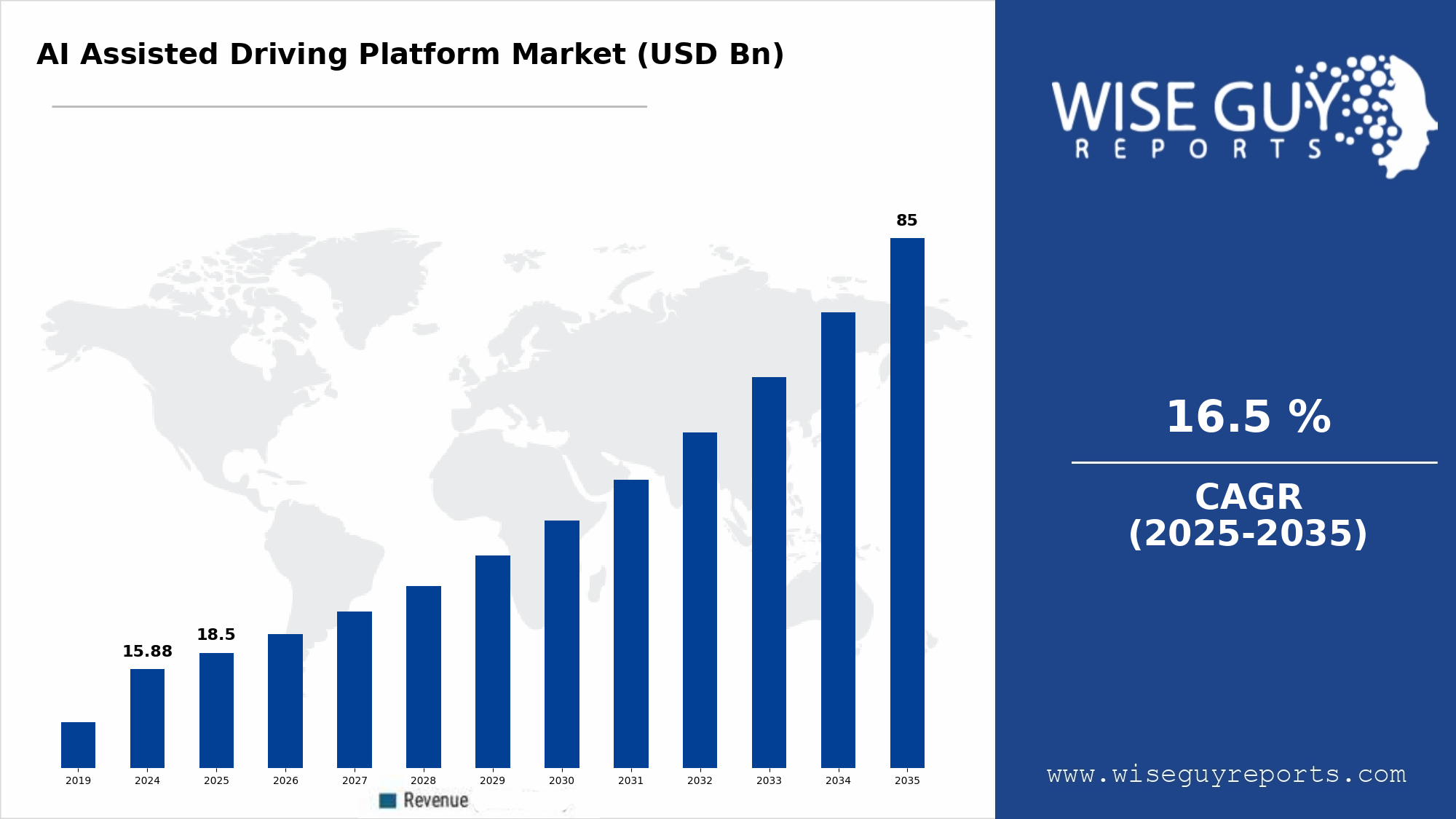Despite the market's immense potential and optimistic growth forecasts, it faces significant AI Assisted Driving Platform Market Restraints that temper its short-term trajectory. Perhaps the most formidable restraint is the immense technological complexity and the challenge of achieving "Level 5" full autonomy, where a system can operate under all conditions without human intervention. The industry has discovered that solving the final one percent of driving scenarios—the unpredictable edge cases like erratic pedestrian behavior, unusual weather conditions, or complex construction zones—is exponentially more difficult than solving the first 99 percent. This "long tail" problem requires breakthroughs in AI that can provide human-like reasoning and adaptability, a goal that remains elusive. The associated challenge is the rigorous process of verification and validation to prove that these systems are demonstrably safer than a human driver, which requires billions of miles of testing in both real and simulated environments and a new paradigm for safety certification that the industry and regulators are still defining.
A second major category of restraints is regulatory and legal uncertainty. The existing legal frameworks for vehicles were written for a world with a human driver, creating a host of unresolved issues around liability, insurance, and law enforcement for AI-driven vehicles. In the event of an accident involving an autonomous system, determining fault—whether it lies with the owner, the automaker, the software developer, or the hardware supplier—is a complex legal minefield that lacks clear precedent. This ambiguity creates significant risk for companies deploying these technologies and can slow down commercialization as they await clearer legal guidelines. Furthermore, the lack of globally harmonized regulations means that a platform approved for use in one country may not be legal in another, creating a fragmented global market and adding significant compliance costs for developers. Public acceptance and trust also act as a powerful restraint; high-profile accidents involving autonomous systems can erode consumer confidence and lead to public and political backlash, slowing adoption rates regardless of the technology's statistical safety improvements.
Economic and infrastructural factors present a third set of significant restraints. The high cost of the sophisticated sensors, particularly LiDAR, and the powerful computing hardware required for advanced levels of autonomy adds a substantial price premium to vehicles, potentially limiting market adoption to the luxury segment for the foreseeable future. While costs are decreasing, achieving a price point that makes the technology accessible for mass-market vehicles remains a major hurdle. Additionally, the full potential of connected and autonomous vehicles relies on a robust supporting infrastructure, including ubiquitous high-speed 5G connectivity for vehicle-to-everything (V2X) communication and the availability of high-definition digital maps. The deployment of this infrastructure is capital-intensive and will take many years to complete on a global scale. Finally, the threat of cybersecurity attacks on increasingly connected and software-defined vehicles is a critical concern that represents a persistent restraint on the industry, requiring constant vigilance and the development of new security paradigms to prevent malicious takeovers of vehicle controls.

